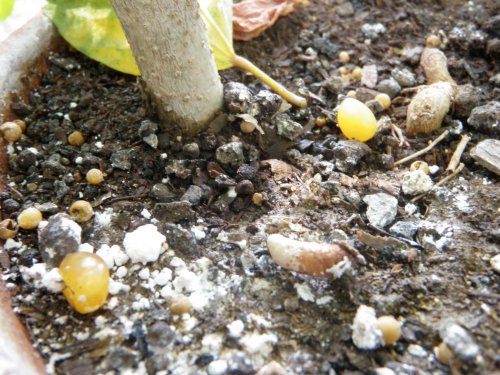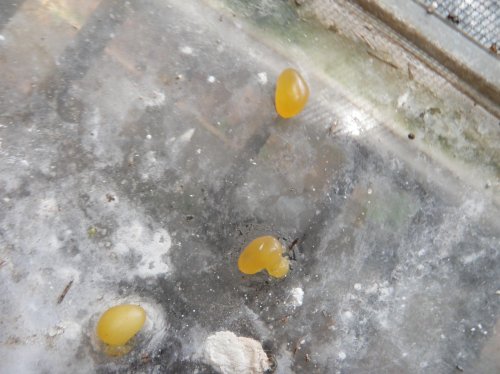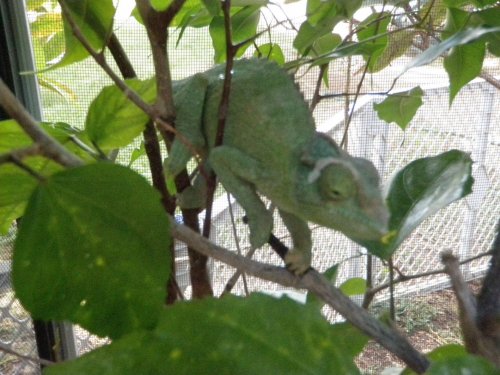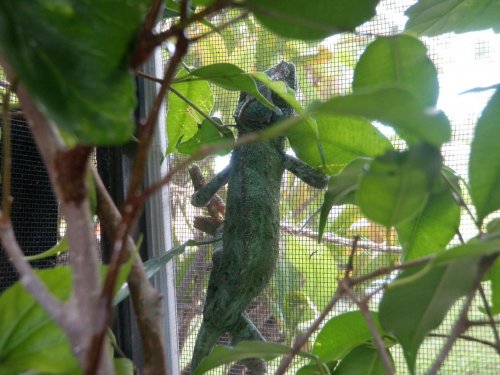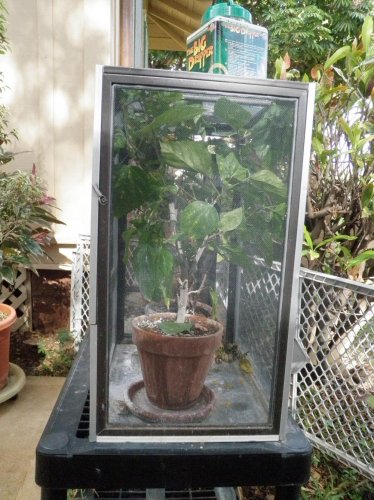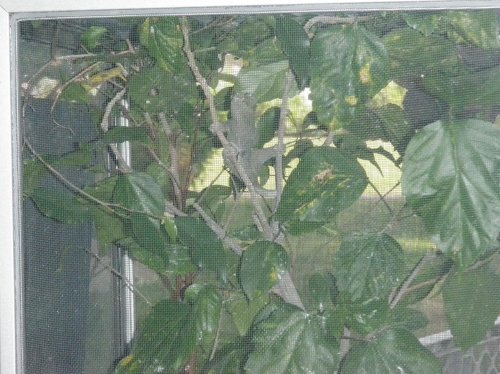Hi there, I was wondering if anyone could tell me what these are and if I should be concerned.
I am looking at the yellow "pebble" looking things. I noticed them with more regularity recently and I haven't seen as many of the dark brown poop that used to be in there.
Thanks.
Terri
I am looking at the yellow "pebble" looking things. I noticed them with more regularity recently and I haven't seen as many of the dark brown poop that used to be in there.
Thanks.
Terri

